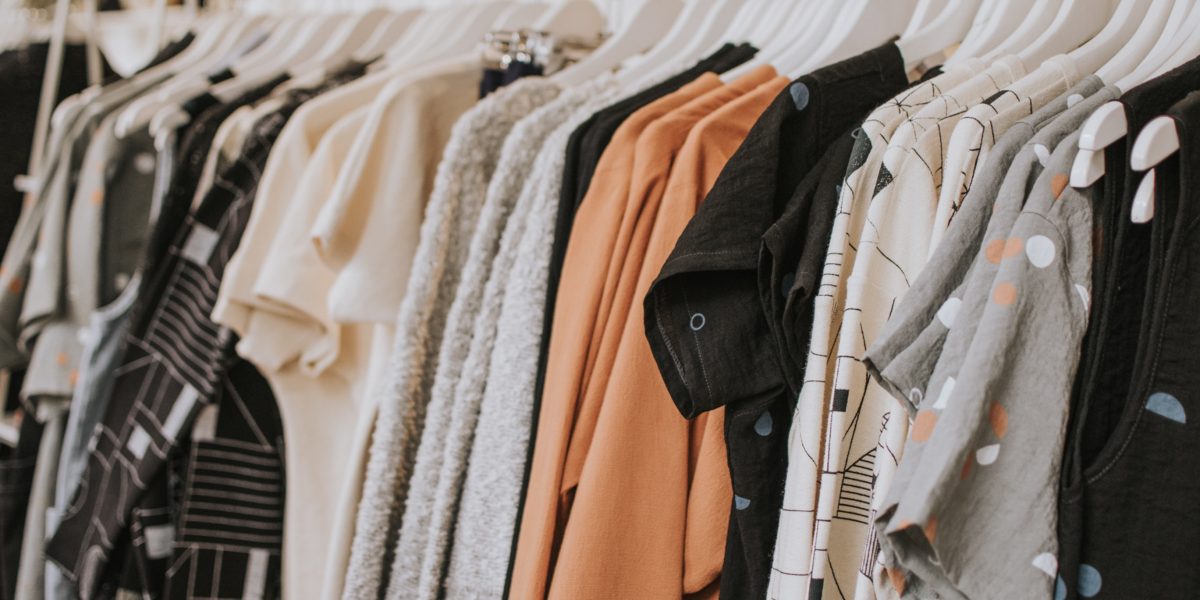Uncategorized
Looking Into The Future Of Apparel Manufacturing
The apparel industry has been relatively slow to adopt modern data science but that is starting to change. That shift is likely to shape the future of the industry in the coming years and lead to significant benefits for the firms that make good use of new technology. The changes are likely to be significant which means that everyone with an interest in the industry should strive to understand them.
A Focus on the Factory
There has been very little communication between management and the factory floor in the past. Retailers in particular rarely focused on how their products were made. That is starting to change. Technological improvements are making it easier than ever to get detailed information about the manufacturing process and industry leaders are starting to recognize how valuable that information can be in the right hands.
Using Data
Managers need to use that data to identify problems and set clear goals for the factory. That requires a level of engagement on the part of fashion brands and retail businesses that have been absent in the past. Some of the most successful businesses in the field already have a history of doing so but the majority have taken a hands-off approach to their work. The results come from treating the relationship between the brand and the factory as a partnership with strategic implications. The union between the two groups makes it easy to clarify expectations and set goals.
Partnering With the Artisans
Those improvements enable a strategic change in the apparel industry. In the past, the workers and artisans who made apparel had very little feedback on their work processes. They did not know how productive they had been and they had no idea which parts of their workflow needed improvement. Managers who look at the data for their factories can change that. They can get in touch with the workers and give them the information that they need to improve. That can lead to massive boosts to their efficiency, especially when those artisans are deeply engaged in their work. It is likely that more and more people in management will adopt these processes and focus on the factory once they see those benefits.
The Importance of Washing Before You Wear
Many people choose to wear their clothes while they are fresh off the rack. However, this is a big mistake that should be avoided at all costs. It is very important that consumers wash their clothes after purchasing them. There are a variety of reasons that customers should wash their clothing before they are planning on wearing the new items, these are among a few of the reasons.
Allergens
Allergens can cause the skin to break into a rash due to the natural response of a body’s immune system. As a result of contact dermatitis, the name of the condition, customers may experience a delayed rash that will last for weeks until it disappears. The allergens in clothing, among many other possible factors, usually comes from the dyes that manufacturers use in their clothing. Dyes are dispersed when they are freshly applied to clothing items. These dyes normally subside once a clothing item has been washed.
Sickness
Clothes that are in stores may have been tried on a countless number of times before the right customer came along and purchased the items. As can be imagined, stores don’t wash clothes after each customer tries on their clothing items. Therefore, new clothing tends to carry bacteria from a variety of customers. While it doesn’t happen very often, bacteria that is transferred between people can cause someone to become very sick. Detergent does more than removing stains and make clothing smell good, it kills bacteria as well because it is a cleaning agent. On the contrary, using too much detergent can produce an adverse effect by trapping bacteria on the clothing within the excess detergent.
These are only two of the many reasons that customers should wash their clothing before wearing the items. Clothing items look great when they are fresh off of the rack, but washing the items will give a more accurate picture of how the clothing will fit over a long-term time span.
The best way for consumers to kill bacteria on their clothing is by using heat during the drying process. By either placing their clothing in the dryer on a high heat setting or by hanging their laundry out to dry in the sun, customers will create an environment where bacteria can’t survive.
Tools To Improve The Way Your Garments Fit
Customers value the way their clothing fits. The fit of a clothing garment is one of the most important things that customers look for when shopping for clothing or when cleaning out their wardrobes. Customers remain loyal to brands when they are satisfied with the fits that the brands offer them and recognize the consistency of the brands’ products.
Due to many different types of body shapes and sizes, it can be tough for manufacturers to design clothing that fits well with a wide range of people. To cut back on production costs, many manufacturers choose to design clothing garments that fit better for certain body types than others. There are many tools that manufacturers can utilize when aiming to improve the fit of their clothing garments.
Understanding The Audience
A clothing brand needs to understand who their customers are. Additionally, the brand needs to understand the use of clothing. Clothing that is designed for use on a worksite, or protective in nature, needs to fit tighter than clothing designed for a gala. While many clothing manufacturers track the sizes of the clothing that is purchased the most by their customers, they tend to miss the morphotypes of their customers. A morphotype, or body shape, determine the way that a clothing garment looks on a person.
Body Scanning
Many clothing brands obtain measurements by measuring the body dimensions of their ideal customers, not their realistic customers. With the advancements in modern technology, it is possible for brands to obtain more inclusive measurements. Both 3D and 4D scanning allow manufacturers to capture detailed measurements across a wide range of people. Unlike in previous decades, the scans can be saved and adjusted further while the models are unavailable. 3D scanning is able to capture the overall body dimensions of a subject but 4D scanning can capture movements and gestures.
Conclusion
The fit of a clothing garment is a deciding factor when customers are choosing clothing items. Modern technology and the availability of varying software platforms allows manufacturers to design clothing that fit better for a wider range of customers. Satisfaction with the way that a clothing item fits will prevent future returns and exchanges of a brand’s garments.




